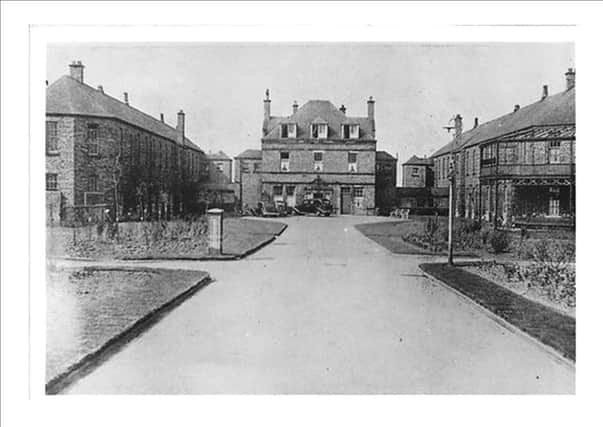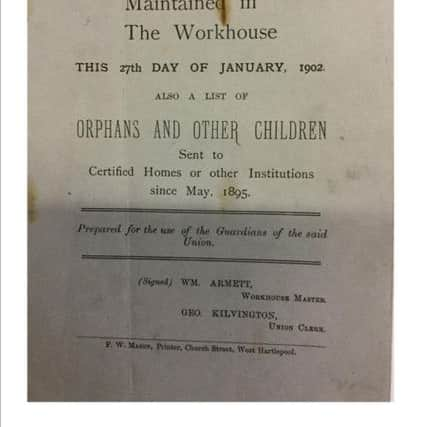You really didn't want to end up in this Hartlepool home


It was grim and not the place to be unless you really were left with no alternative.
In an era when there was no benefits system, the desperately poor often had no choice but to resort to the workhouse for a roof over their heads.


Advertisement
Hide AdAdvertisement
Hide AdThe town had a workhouse on the Headland in the early 1800s. It later became the site for St Hilda’s Hospital, and later still became a park.
By the late 1800s, the Hartlepool Union was representing more than 16,000 people.
By the 1860s, a new workhouse had been built in Holdforth Road, on the site where the University Hospital of Hartlepool now stands.
Much more information on the workhouse will be shared in a public talk on Thursday, May 31. It starts at 2pm in the Community Hub Central building – the home of the Central Library which is in York Road.
Advertisement
Hide AdAdvertisement
Hide AdBut to give us a preview, library officer Jackie Johnson explained more.
The talk, said Jackie, would be a presentation from Teesside Archives about the Hartlepool Workhouse, “through records held including building plans, maps and patient records.
“The first workhouse in Hartlepool was established in the 1700’s and was known as the Friarage.
“In the Poor Law Town Book, lists of paupers and workhouse inmates are given and also details of amounts of money and clothing given to them.
Advertisement
Hide AdAdvertisement
Hide Ad“The Hartlepool Union was formed in March 1859 and the new workhouse was built in 1860-61 on Holdforth Road at Throston.”
If you were a workhouse resident, you would be divided into one of six classifications – able bodied Men and Women; Old and infirm Men and Women; and Boys and Girls.
Jackie added: “The workhouse had a grim reputation, part old folks home, part mental hospital, part orphanage and a stopover for vagrants. The house became almost self-sufficient as the male patients did all the maintenance, joinery, glazing, painting, building, cobbling and tailoring. While the females made and repaired clothing, washing, ironing and sewing.
Admission to this Thursday’s talk is £1 per person and advanced booking is required.
Contact the Community Central Hub to book a place on (01429) 272905 or email [email protected]